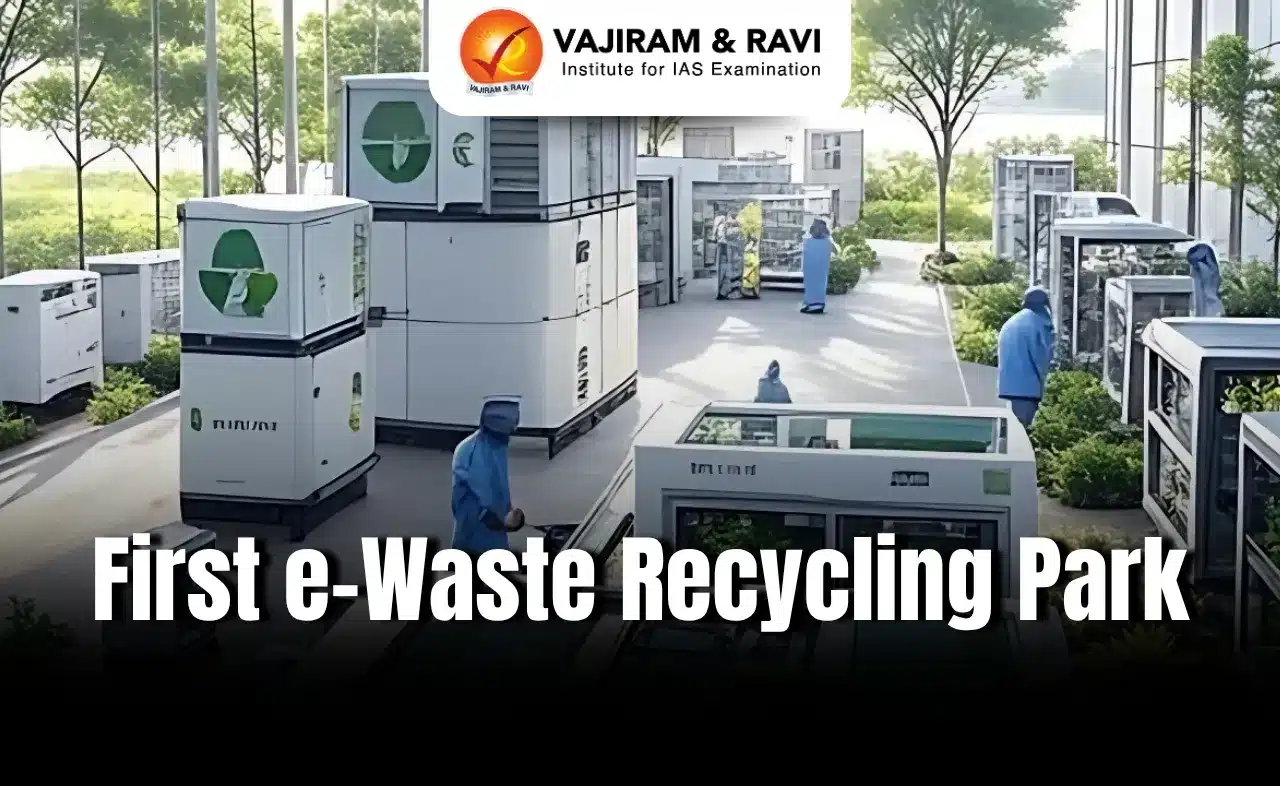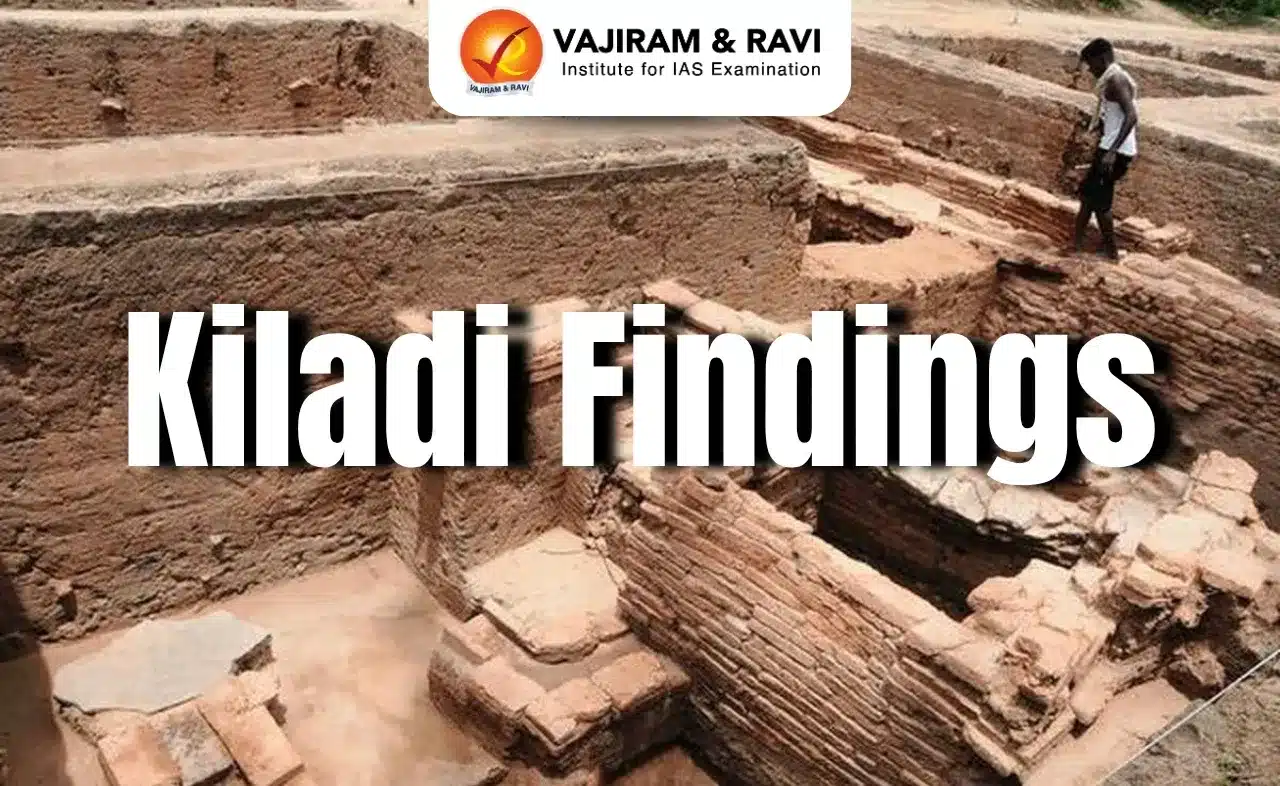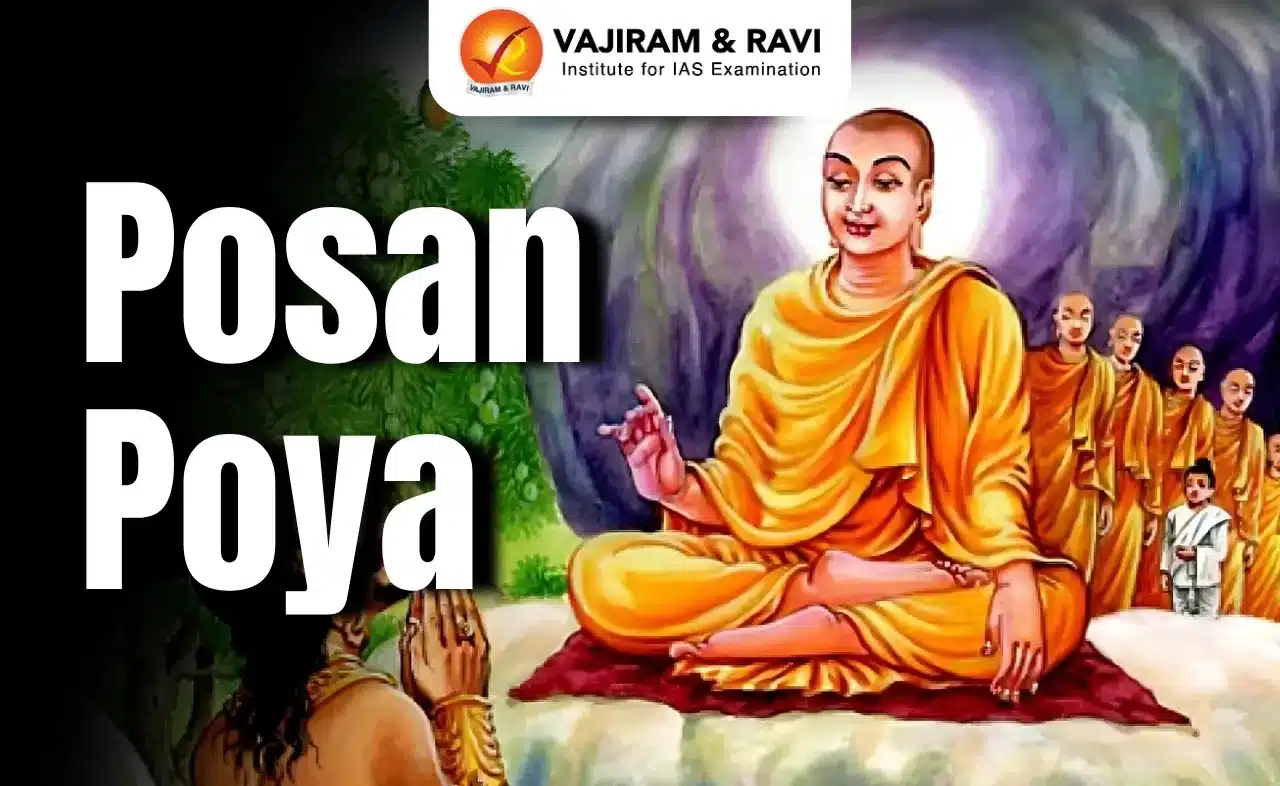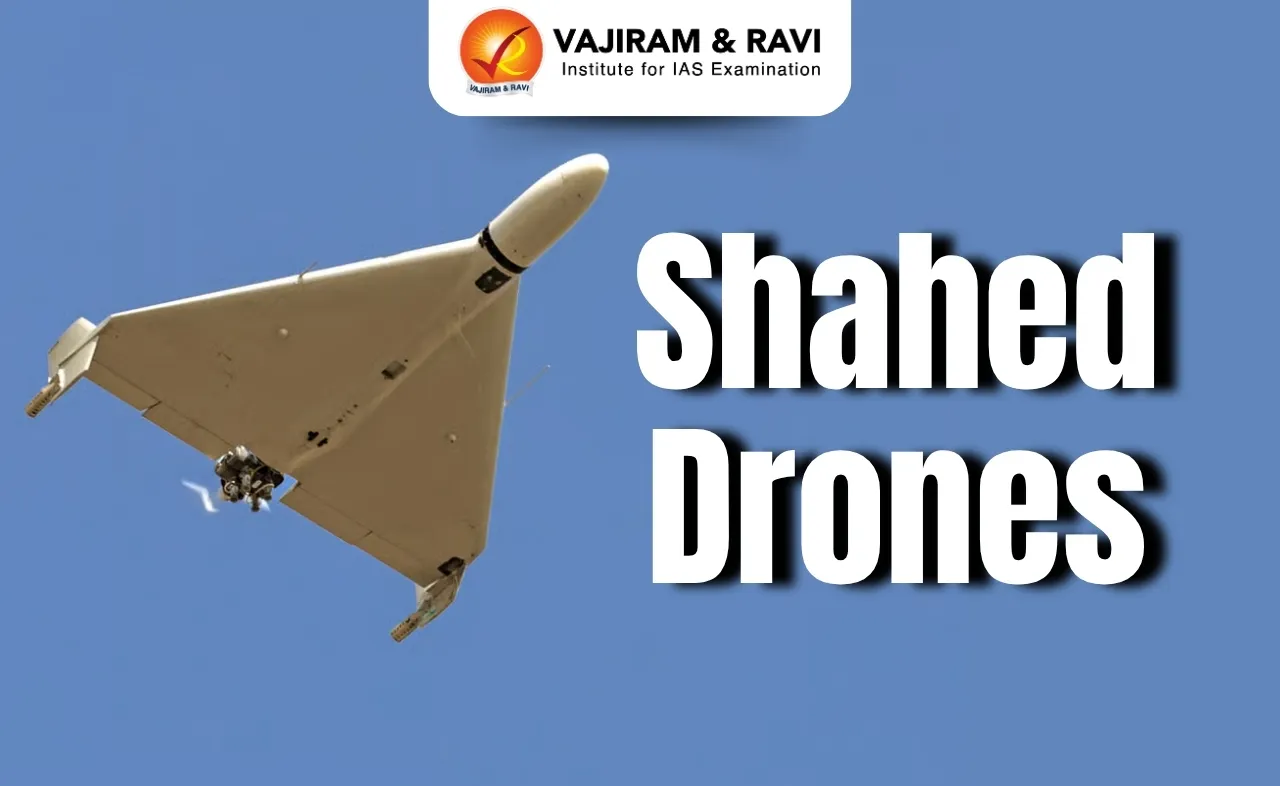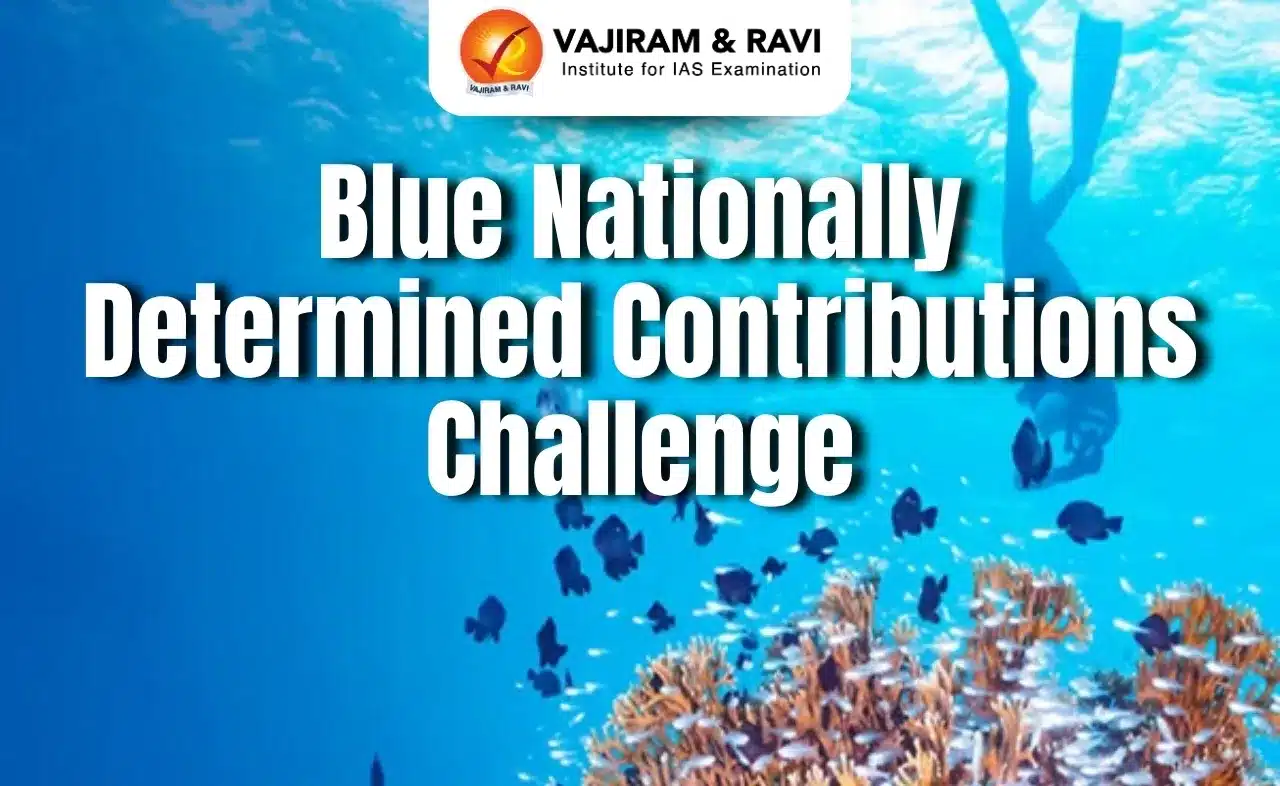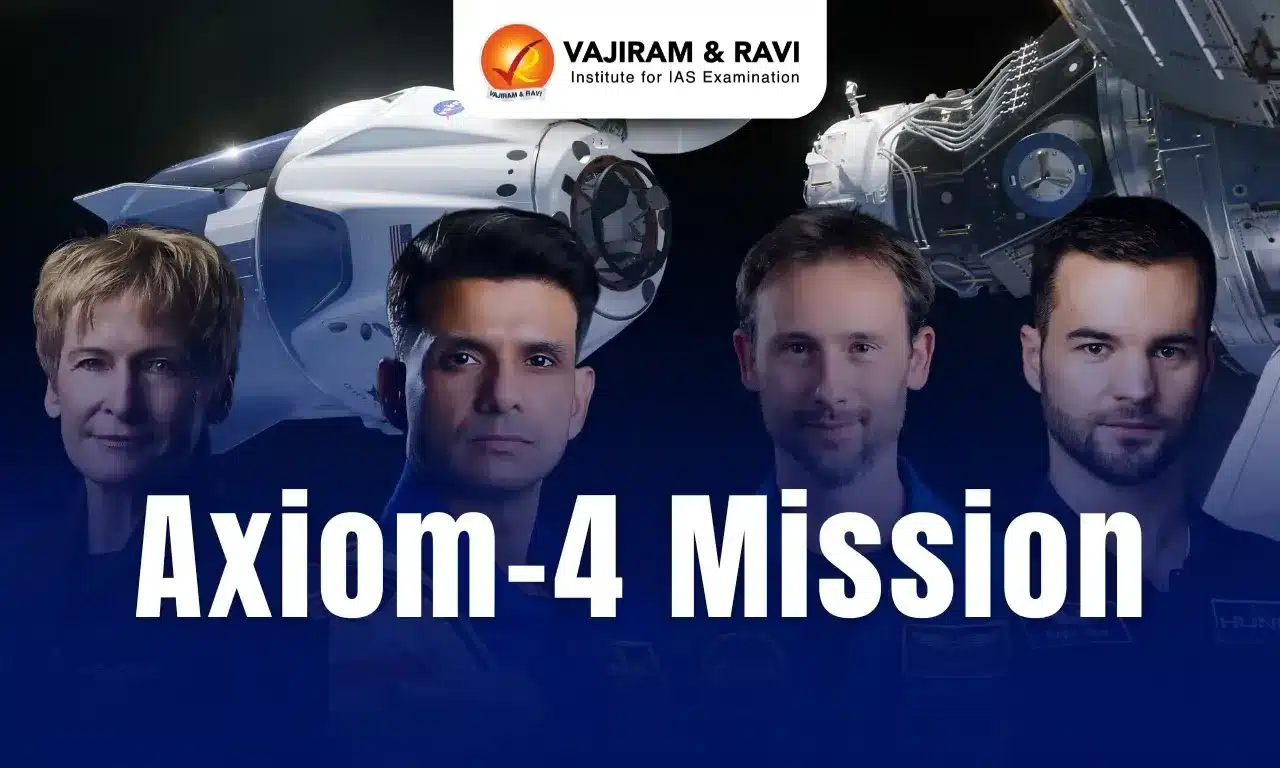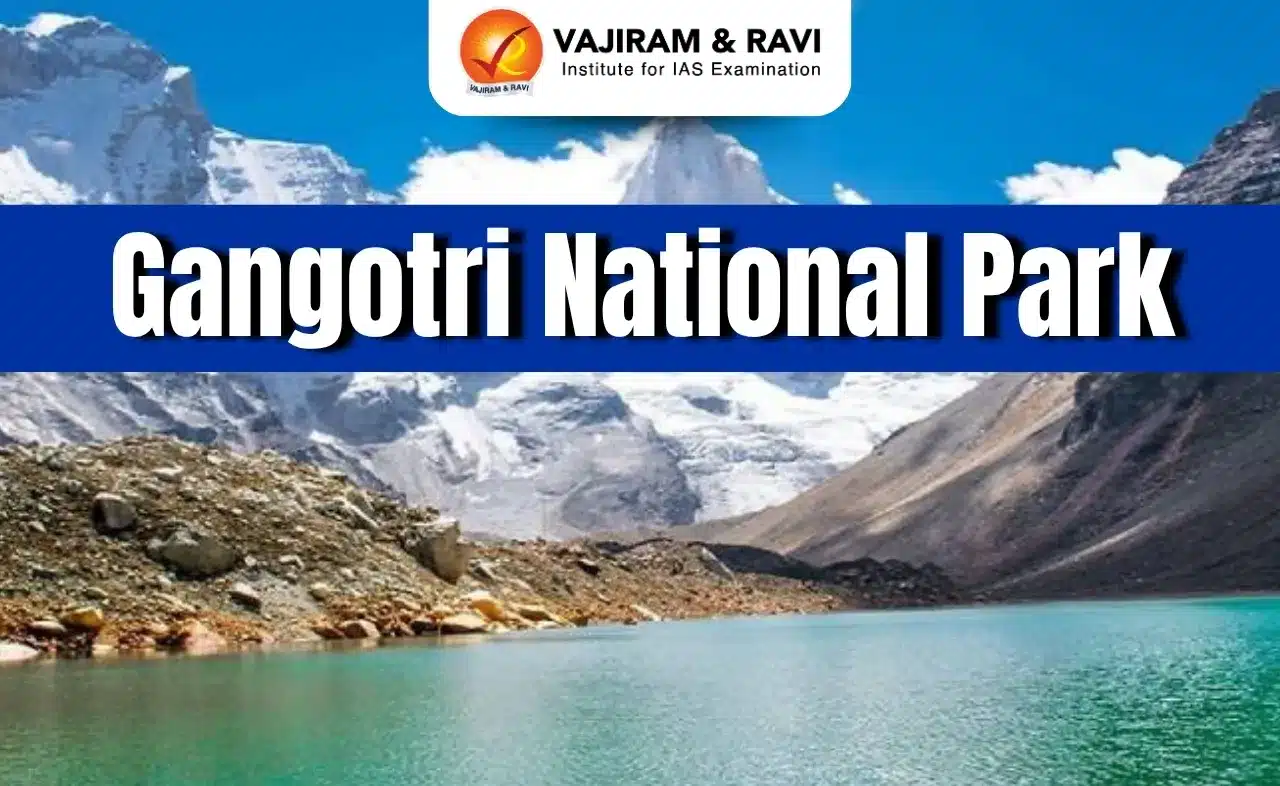First E-Waste Recycling Park Latest News
In a major step towards sustainable development and circular economy, the Delhi government has announced plans to develop India’s first integrated E-Waste Eco Park at Holambi Kalan in north-west Delhi.
About First E-Waste Recycling Park
- This state-of-the-art facility will be India’s first integrated E-Waste Eco Park and will be built under a Public-Private Partnership (PPP) model, at Holambi Kalan in north-west Delhi.
- It will be covering 11.4 acres, and is expected to process up to 51,000 metric tonnes of e-waste annually.
- The project will be developed by the Delhi State Industrial and Infrastructure Development Corporation (DSIIDC) on a Design, Build, Finance, Operate, and Transfer (DBFOT) basis, with a 15-year concession period.
- Zones: Dedicated areas for dismantling, refurbishing, component testing, plastic recovery, and a second-hand electronics market.
- Employment: Creation of over 1,000 green jobs and skilling/training centres for informal recyclers.
- Significance: Aims to manage nearly 25% of Delhi’s e-waste, set a national benchmark for smart waste processing, and promote sustainable urban infrastructure.
- Environmental Impact: Reduces dependency on landfills, minimises hazardous waste, and promotes resource recovery and reuse.
First E-Waste Recycling Park FAQs
Q1. Where is India’s first e-waste recycling park being set up?
Ans. Holambi Kalan, North-West Delhi.
Q2. What is the processing capacity of the e-waste eco park?
Ans. Up to 51,000 metric tonnes of e-waste annually.
Q3. Which government agency is developing the e-waste eco park?
Ans. Delhi State Industrial and Infrastructure Development Corporation (DSIIDC).
Source: NIE

